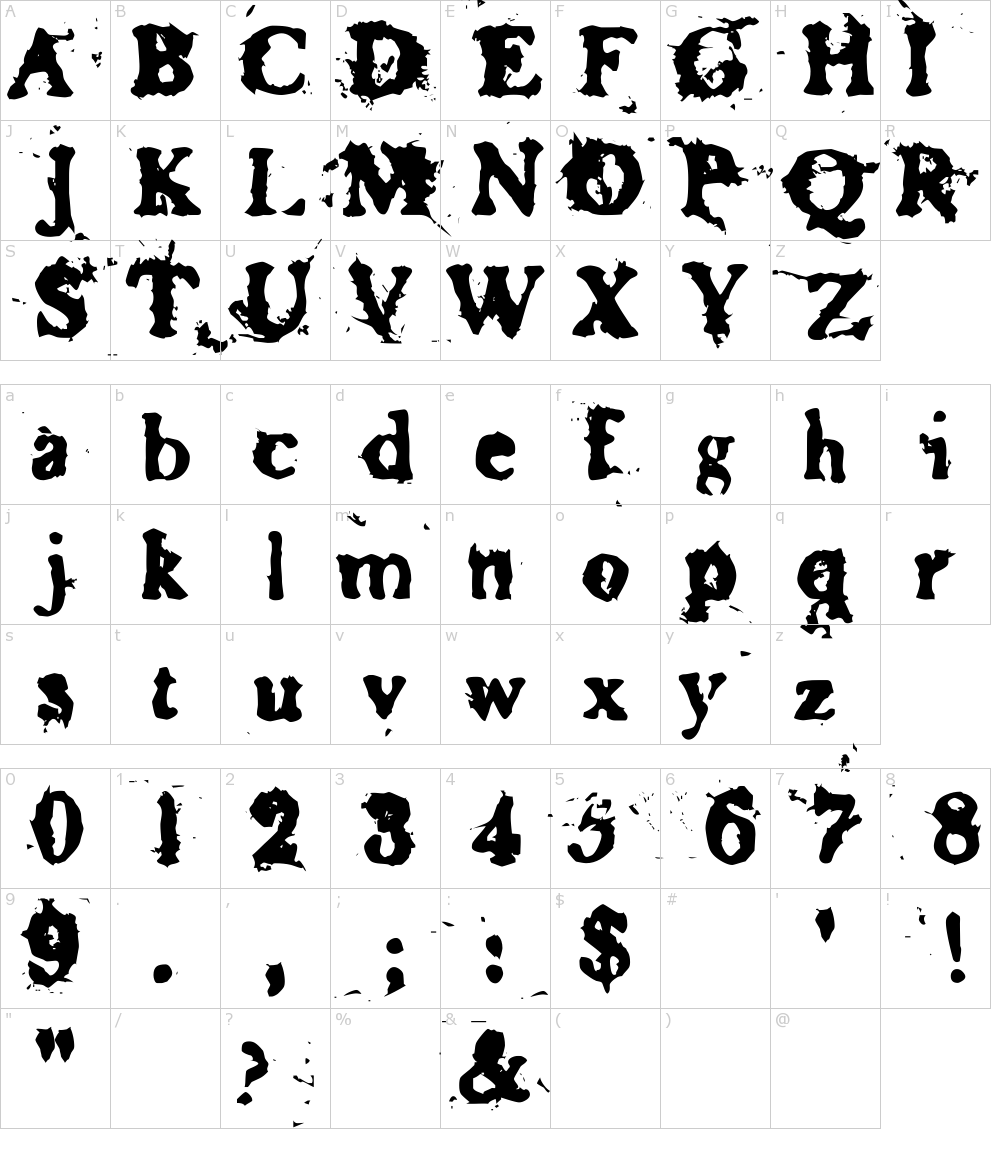

ONLINE GRANJON ROMAN FONT GENERATOR FULL SIZE
Morison's biographer Nicolas Barker has written that Morison's memos of the time wavered over a variety of options before it was ultimately concluded that Plantin formed the best basis for a condensed font that could nonetheless be made to fill out the full size of the letter space as far as possible. Walter Tracy, who knew Lardent, suggested in the s that "Morison did not begin with a clear vision of the ultimate type, but felt his way along. Perpetua, which Monotype had recently commissioned from sculptor Eric Gill at Morison's urging, is considered a 'transitional' design in aesthetic, although it does not revive any specific model. It proved extremely successful: Allen Hutt, Monotype's newspaper printing consultant in the late s, later noted that it "revolutionized newspaper text setting The development of Times New Roman was relatively involved due to the lack of a specific pre-existing model - or perhaps a surfeit of possible choices.īulked-up versions of Monotype's pre-existing but rather dainty Baskerville and Perpetua typefaces were considered for a basis, and the Legibility Group designs were also examined. Rather than creating a companion boldface with letterforms similar to the roman style, Times New Roman's bold has a different character, with a more condensed and more upright effect caused by making the horizontal parts of curves consistently the thinnest lines of each letter, and making the top serifs of letters like 'd' purely horizontal.ĭuring the nineteenth century, the standard roman types for general-purpose printing were "Modern" or Didone designs, and these were standard in all newspaper printing.īy the s, some in the publishing industry felt that the modern-face model was too spindly and high-contrast for optimal legibility at the small sizes and punishing printing techniques of newspaper printing. It has, indeed, more in common with the eighteenth century. Morison described the companion italic as also being influenced by the typefaces created by the Didot family in the late 18th and early 19th centuries: a "rationalistic italic that owed nothing to the tradition of the sixteenth or seventeenth centuries. However, Times New Roman modifies the Granjon influence further than Plantin due to features such as its 'a' and 'e', with very large counters and aperturesits ball terminal detailing and an increased level of contrast between thick and thin strokes, so it has often been compared to fonts from the late eighteenth century, the so-called ' transitional ' genre, in particular the Baskerville typeface of the s. The roman style of Plantin was loosely based on a metal type created in the late sixteenth century by the French artisan Robert Granjon and preserved in the collection of the Plantin-Moretus Museum of Antwerp. Times New Roman has a robust colour on the page and influences of European early modern and Baroque printing. The Times stayed with Times New Roman for 40 years, but new production techniques and the format change from broadsheet to tabloid in have caused it to switch typeface five times from to However, all the new fonts have been variants of the original New Roman typeface. Roman type has roots in Italian printing of the late 15th and early 16th centuries, but Times New Roman's design has no connection to Rome or to the Romans.

In Times New Roman's name, Roman is a reference to the regular or roman style sometimes also called Antiquathe first part of the Times New Roman family to be designed.

The new design made its debut in The Times on 3 October After one year, the design was released for commercial sale. The main change was that the contrast between strokes was enhanced to give a crisper image. Morison proposed an older Monotype typeface named Plantin as a basis for the design, and Times New Roman mostly matches Plantin's dimensions. This matched a common trend in printing tastes of the period. It has become one of the most popular typefaces of all time and is installed on most desktop computers.Īsked to advise on a redesign, Morison recommended that The Times change their text typeface from a spindly nineteenth-century face to a more robust, solid design, returning to traditions of printing from the eighteenth century and before. It was commissioned by the British newspaper The Times in and conceived by Stanley Morisonthe artistic adviser to the British branch of the printing equipment company Monotypein collaboration with Victor Lardenta lettering artist in The Times's advertising department.


 0 kommentar(er)
0 kommentar(er)
